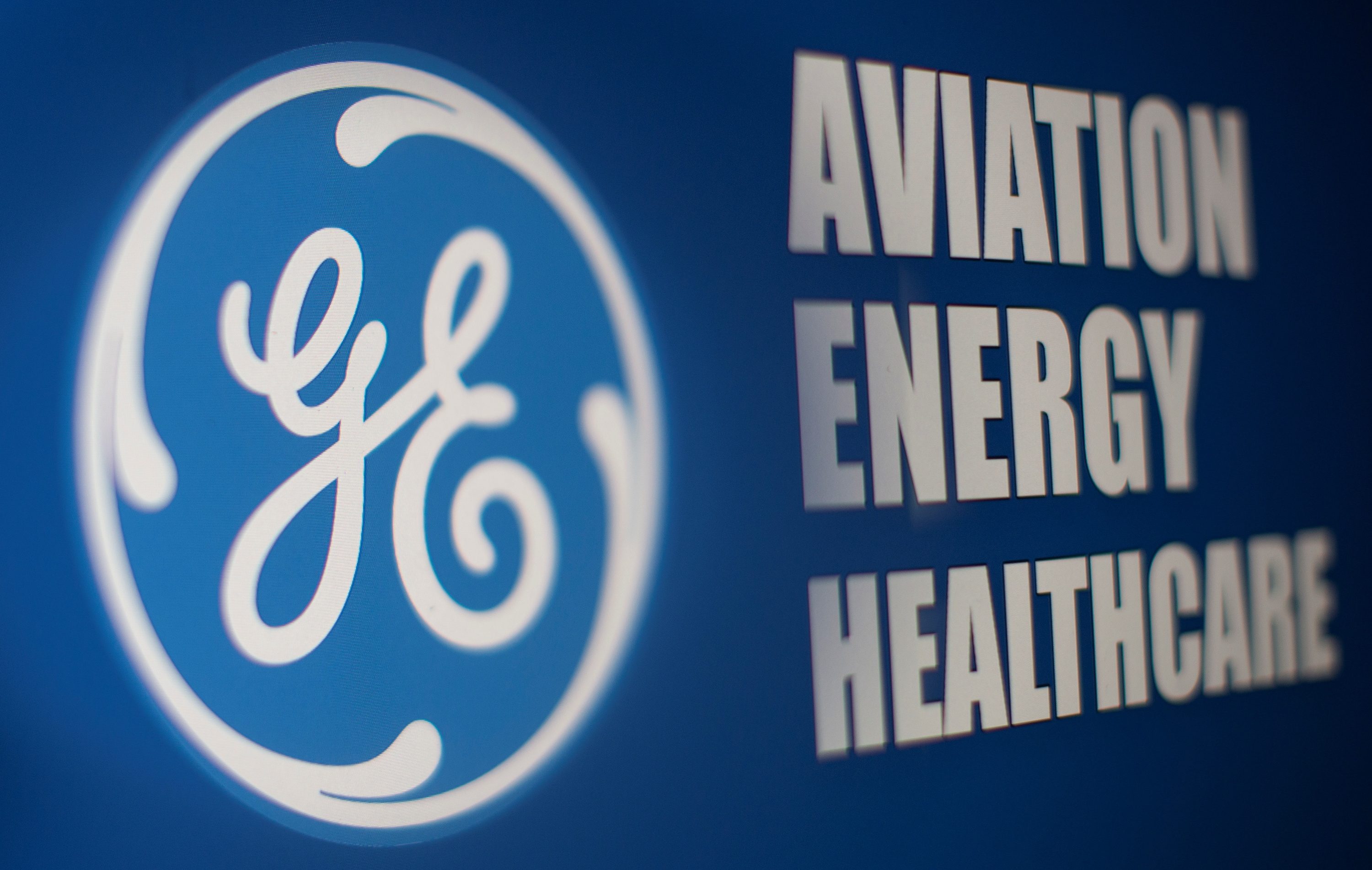SUMMARY
This is AI generated summarization, which may have errors. For context, always refer to the full article.

General Electric Company will split into three public companies as the storied US industrial conglomerate seeks to simplify its business, pare down debt, and breathe life into a battered share price, the company said on Tuesday, November 9.
The split marks the end of the 129-year-old conglomerate that was once the most valuable US corporation and a global symbol of American business power.
GE shares closed 2.6% higher at $111.29 on Tuesday, after reaching a nearly 3-1/2 year high, compared with a 0.35% drop in the broader S&P 500 index. The industrial conglomerate’s shares have gained about 9% since July 30 when the company reduced the number of its traded shares.
The Boston-based company said the three businesses would focus on energy, healthcare, and aviation.
GE will separate the healthcare company, in which it expects to retain a stake of 19.9%, in early 2023. It will combine GE Renewable Energy, GE Power, and GE Digital and spin off the business in early 2024.
Following the split, it will become an aviation company, helmed by GE chief executive Larry Culp. The aviation company will inherit GE’s other assets and liabilities, including its runoff insurance business.
A company spokesperson said brands and names of the spun-off units will be decided later.
It is the boldest attempt under Culp, who took GE’s reins in 2018, to simplify the company’s business.
In the past three years, Culp has focused on reducing debt by selling assets, and improving cash flows by streamlining operations and cutting overhead costs.
The measures have led to an improvement in GE’s balance sheet, putting it on track to reduce debt by more than $75 billion by the end of 2021.
The company now expects to generate more than $7 billion in free cash flow in 2023 and is planning to monetize its stakes in Baker Hughes, AerCap, and the healthcare unit to cut its net debt to less than $35 billion by then.
In an interview with Reuters, Culp said the decision to split the company was paved by GE’s progress in terms of repairing its balance sheet and operational performance.
He did not expect the spinoff to face any regulatory or labor issues and said there was no investor pressure behind the decision.
“Spins create a lot of value,” he said in the interview. “These are moves geared toward making GE stronger, helping our businesses and the teams perform better.”
Industrial powerhouse
Culp’s strategy is in stark contrast to the path GE pursued in the 1980s and 1990s under Jack Welch, who expanded the company into an industrial behemoth.
A founding member of the Dow Jones Industrial Average in 1896, GE spent more than a century in that storied stock index before getting the boot in 2018 following years of sliding valuation. It created the first electric cooking range and clothes washer, the first nuclear power plant, and supplied the US space program. Its interests have spanned television, movies, and insurance to lightbulbs and locomotives.
However, it has been facing investor skepticism about its ability to turn a corner since the 2008 financial crisis, while struggling with debt. The sagging fortunes prompted the company to fire CEO John Flannery and hand over the reins to Culp.
The company’s revenue for 2020 was $79.62 billion, a far cry from the $180 billion-plus in revenue it booked in 2008.
In 2015, activist investor Nelson Peltz took a stake in GE and demanded changes at the company, including moving away from finance operations and toward its industrial roots. On Tuesday, Peltz’s company, Trian, said it “enthusiastically supports this important step in the transformation of GE.”
GE’s aviation business, usually its cash cow, makes jet engines for Boeing and Airbus. Questions remain over how the company will fund the unit’s operations, which tend to be very capital-intensive.
The company reckons the aviation unit’s low-cost structure, strong order book, and investment-grade balance sheet would let it tap capital markets. But some analysts say the unit’s valuation could suffer as it will also take over GE’s financial liabilities after the split.
“There is clearly a debate among investors as to how much the aviation valuation should be penalized vs peers because of the financial liabilities,” analysts at Barclays wrote in a note.
An industry source, however, said the aviation business has been distracted until now by propping up rest of the company, which took a lot of the unit’s bandwidth. The unit is expected to be valued at more than $100 billion after the spinoff, the source added.
Culp also said the split would make different units “more focused” and result in “greater accountability.”
The company expects to take a one-time charge of $2 billion related to separation and operational costs and tax costs of less than $500 million. – Rappler.com
Add a comment
How does this make you feel?





There are no comments yet. Add your comment to start the conversation.